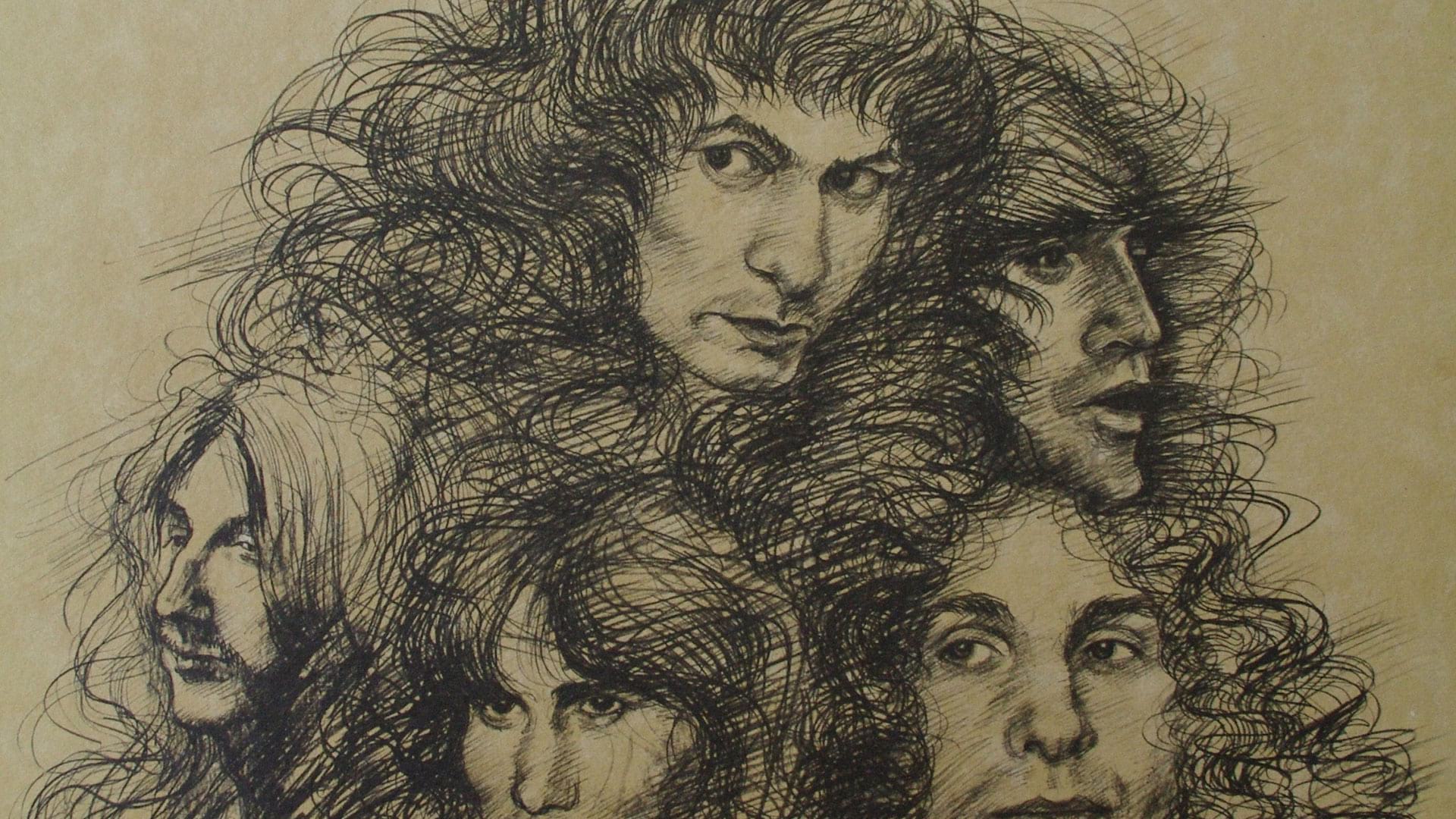I criticize my own work pretty harshly, yet I feel this is some of the best music I have ever been part of.
Ritchie Blackmore / Rainbow interview, Guitar Player, 1978
RAINBOW released their third LP on this day in 1978. A classic heavy metal album containing some of their best material. It was unfortunately their last with Dio.
The solo on "Highway Star" was worked out; it's just arpeggios based on Bach. On Machine Head as a whole, in fact, there was some good stuff. The guitar solo on "Pictures Of Home" was good. But when I hear that compared to what I'm doing now, there's a big difference to me. It's much better now; I didn't have the control then I do now. I think the solo on "Gates Of Babylon" is the best solo I've ever done. It is the best because it's the most intricate solo, yet at the same time it's not clinical. I was well pleased with that one.
Ritchie Blackmore / Rainbow interview, Guitar Player, 1978
...it wasn't just 24 bars of just playing on E. There were so many weird chords involved that I could go back to my old way of playing, which is just to have the chords in front of me and play the solo, whereas now every time I go into the studio to play I know exactly what the song consists of. Usually it's just two chords and I'm stale by the time I get in there. But we threw those chords around, and in fact David Stone, our keyboardist, helped a lot with that. They were strange chords - diminished, augmented - it was great. Because I love musical theory and I was well into that, I didn't have any problems with that side of it. I love playing a few augmented and diminished runs and not just the usual blues licks.
Ritchie Blackmore / Rainbow interview, Guitar Player, 1978
...I don't like recording too much, it's too clinical. A lot of people love it, they can edit their music and put it together and make it nice, but when they get onstage they're lost. My way of thinking is the opposite. I love to have that freedom of just going onstage and playing whatever I want to play at the time. I'll play the numbers which I'm supposed to play, but in the in-between parts if I'm feeling good I'll play something completely off the wall that I've never ever played in my life. In other words, I just lay back for the vocal and then I do my bit when it comes to the solo. I don't like to do intricate things in the backgrounds: I don't like the clutter. I like the foundation to be simple.
I have one speaker in the studio, and I have one in an echo chamber usually. And they're both miked up, but not very close; they're miked from about nine feet away because they're so bloody loud. I play near stage volume in the studio, because the amp only operates full out - it can't operate at half.
Ritchie Blackmore / Rainbow interview, Guitar Player, 1978
Inside the original gatefold was a photograph of a crowd holding a "Long Live Rock 'n' Roll" banner. This was an edited (flipped and retouched) image, the crowd were actually RUSH fans at a RUSH concert, the original photograph was taken by Fin Costello - who had worked with RAINBOW since their debut LP.

Story goes as follows. I was at Osyter Records in NY, and was coming up with ideas for the cover art for Rainbow's 'Long Live Rock'n'roll', whose original working title was 'Kill The King'.
Fin Costello, Classic Rock, 2002
I had shot an idea which involved a skeleton in a king's suit of armour (Crusader period), which was lying in the long grass on a mountainside, with the 'Rainbow Rising' cover art redrawn on a shield lying beside it. We also included a live rattlesnake (bad move). Very conceptual - but remember, it was the mid-70s.
To present the idea to Polydor, I made up a dummy cover with the Rush shot (unretouched) in the centrefold just to demonstrate the advertising shot we intended to take at the next Rainbow concert. It was presented, and promptly rejected - no snakes or 'killing' allowed.
Polydor came up with the drawing that was eventually used, and airbrushed the 'Rush' shot but never told me they were doing it.
The next thing I knew was when I showed up at a Rush show, only to get an earful from the band about the use of their shot on the Rainbow cover. When I finally saw it, I was well choked! But of course I couldn't do a thing about it by then. It took me ages to regain Rush's trust.


